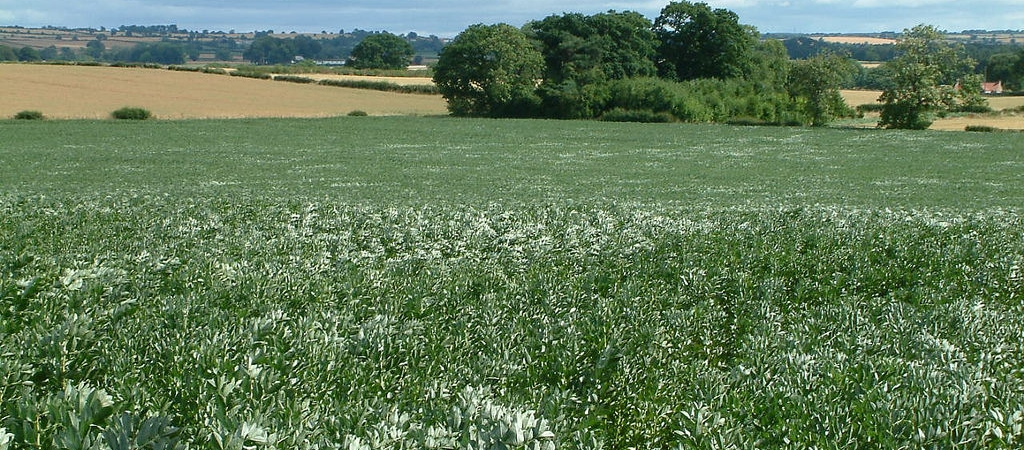ROTOR: organic crop rotation planner
A tool to help you plan for food and fodder within your rotation and consider weed management, plant health, maximising nitrogen (N) fixation and avoiding N losses.
Resource explained
When planning crop rotations, it is important to consider long term productivity alongside the sustainability of your system. Factors affecting nutrient management, soil organic matter, soil and crop nitrogen (N) supply, weed management, plant health and disease management all come in to play when planning cash, fodder and catch crops. This is a tool to help you plan crop rotations in organic farming systems that was developed by the Leibniz Centre for Agricultural Landscape Research (ZALF) in Germany and aimed at farmers and advisors. The tool (which is under development) is designed to help with rotation planning for food and fodder, and considers weed management, plant health restrictions in the rotation, maximising N-fixation by legumes and avoiding N-losses from leaching.
Findings & recommendations
- Details on this page are based on information you can access about the tool through Organic Eprints and the Organic Knowledge Network (OK-Net) Arable project.
- There is an accompanying tool manual which explains briefly how to use the tool and interpret the results. It explains that the tool is based on ‘Ecological Recycling Agriculture’ guidelines, which aims at “effective nutrient recycling through self-sufficiency in fodder and manure production and low levels of external inputs.”
- ROTOR operates with two interfaces – a data entry form and report of results. Basic and advanced data entry is possible. To perform a basic query, you need to input information on site characteristics, crop sequences, and organic fertiliser use. The query can be refined through inputting advanced settings in relation to yield, manure type, soil condition, legume proportion, cover crops, cultivation breaks, weed control and other. You can use the results to compare different crop rotation options focused on providing N supply, and pest, disease and weed control.
N.B. From the ‘Software-Downloads webpage, go to ‘Software for organic agriculture’ to find the tool.
To access the tool (which is a Microsoft Access Database) you need to enter a password, as specified here, contact Johann Bachinger: jbachinger@zalf.de

